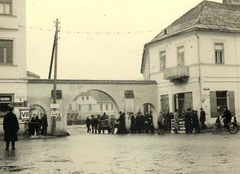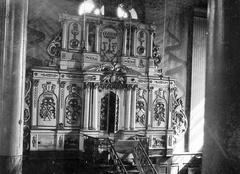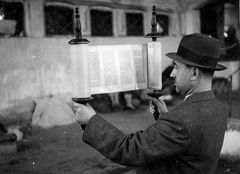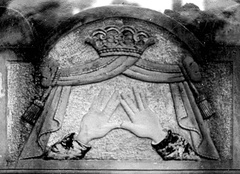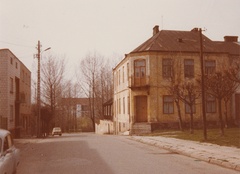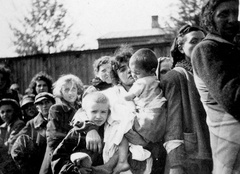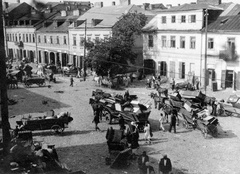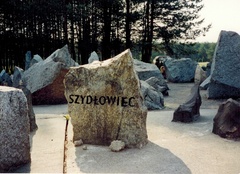Szydlowiec
Shed-WOAH-vee-ehts (German: Schiedlowietz, Russian: Шидловец / Shidlovets, Hebrew: שידלובייץ, Yiddish: שידלָאווצע / Shidlovtse)
Jews began to settle in Szydłowiec, a local center of smiths and traders, by the late 1500s. By 1827 the early settlement of Szydłowiec had developed into a small town whose more than 3,000 inhabitants included a population of 2,049 Jews. Around this time, Szydłowiec became an important center of Hasidism, a Jewish movement that emphasized faith and prayer.
Over the centuries Jewish life and culture remained strong even as the town came under Austrian, Russian and German occupation. After the end of World War I (1914-1918) Szydłowiec became part of the Republic of Poland. The first official census taken in 1921 showed that the total population of about 7,000 included more than 5,000 Jews. By the eve of World War II in 1939 Jews made up more than 70 percent of the town’s total population of about 10,000.
Although antisemitism existed, the Jews of Szydłowiec made significant contributions to the local economy as employees of leather shops, rock quarries and shoe and garment factories. They were also shopkeepers, teachers, librarians, seamstresses, tailors, clerks, barbers and shoemakers. Mirroring the general population, the Jews of Szydłowiec varied from well-off to middle-class to poor.
Survivor Josef Mincberg recalled that he worked alongside his father in the family hardware store, a “concession of electrical supplies and the right to install electrical wires in homes.”
He also remembered a nationalist and antisemitic group known as Endek “standing in front of the Jewish stores not letting non-Jewish customers in to buy” at the weekly bazaar held on Wednesdays. Peasants and farmers came to sell their wares and buy in Jewish stores. Mincberg explained the group was “like we have here, the skinheads.”
What united the Jews of Szydłowiec, rich or poor, was their religious faith of Orthodox Judaism. The first Jewish cemetery and synagogue had been established in the 1700s and were rebuilt in later times to accommodate the community’s growing needs. The number of smaller prayer houses also grew alongside the Jewish population and multiple Hasidic Rabbis resided in the town to lead the Jewish community.
Survivor Josef Mincberg recalled that “holidays were typical, celebrated at home and then going down the hill” to a “shtibl” (small prayer house) with his father and grandfather to pray and learn the Gemara (rabbinic teachings). Mincberg remembered wearing a traditional black coat and hat and that “my father as well as my grandfather had a beard.”
The main synagogue served as the central unifying place of worship for Szydłowiec Jewry. It was burned down during the Nazi occupation that began on September 8, 1939. Mincberg remembered seeing the building after its destruction when he jumped off the train destined for Treblinka and returned to the city. In his words, “It was bitter cold, bitter cold. And I came into the synagogue that was in ruins. Completely destroyed.”
No Jews remained in Szydłowiec. This was true even after Mincberg returned to visit his rescuer for the first time in 1983. The vibrant Jewish community of Szydłowiec was brutally extinguished. In 2015 no Jews live in the town.
Szydlowiec: Photographs & Artifacts
-
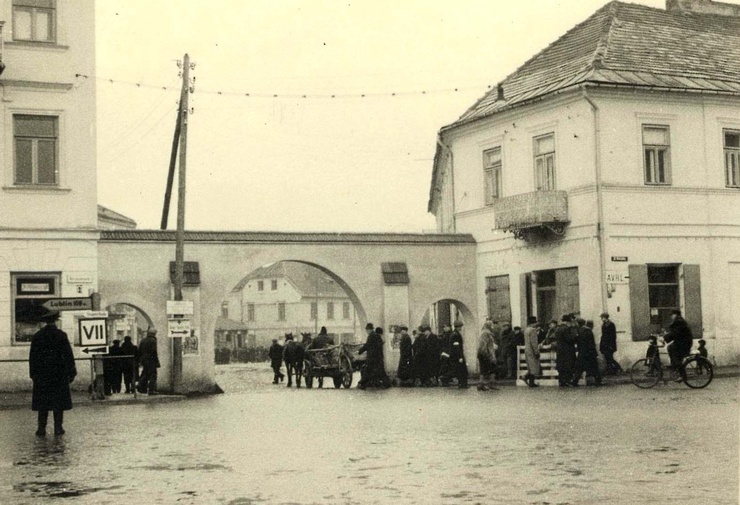 Entrance to the Jewish quarter of Szydłowiec during World War II. Credit: Yad Vashem
Entrance to the Jewish quarter of Szydłowiec during World War II. Credit: Yad Vashem -
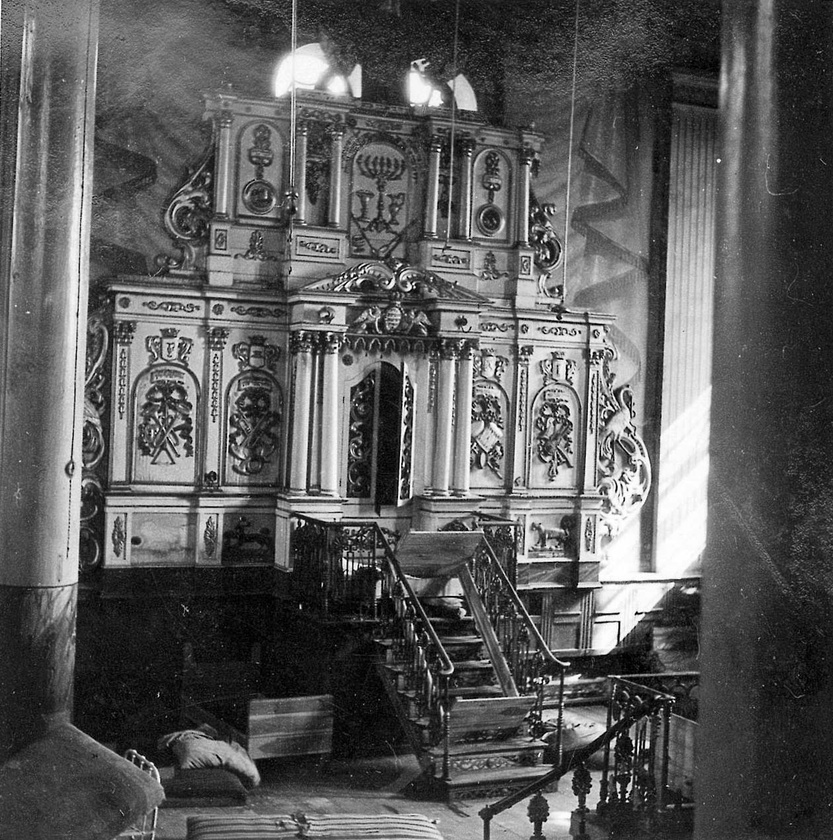 A holy ark in a synagogue in the Szydłowiec ghetto. Credit: Yad Vashem
A holy ark in a synagogue in the Szydłowiec ghetto. Credit: Yad Vashem -
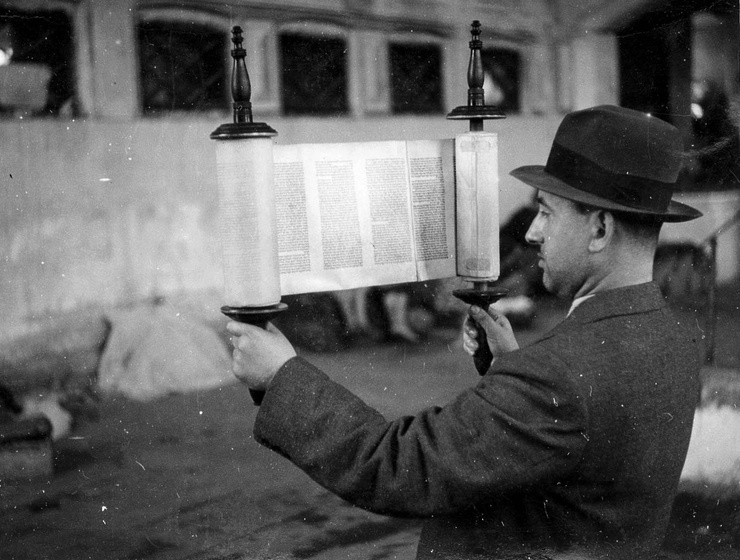 A man holding up a Torah scroll in a synagogue in Szydłowiec. Credit: Yad Vashem
A man holding up a Torah scroll in a synagogue in Szydłowiec. Credit: Yad Vashem -
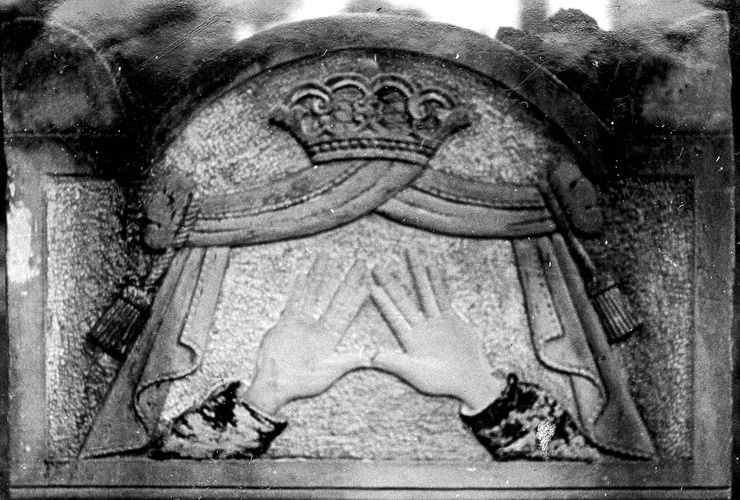 A gravestone in the Jewish cemetery of Szydłowiec. This photo was found in the album of a German photographer who took pictures of the town during World War II. Credit: Yad Vashem
A gravestone in the Jewish cemetery of Szydłowiec. This photo was found in the album of a German photographer who took pictures of the town during World War II. Credit: Yad Vashem -
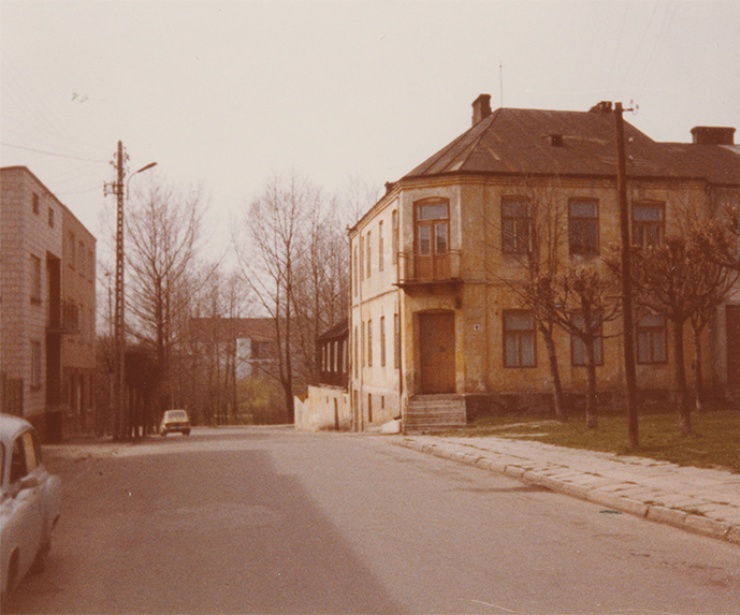 A house in Szydlowiec where Josef Mincberg lived with is family, 1983. Photo Courtesy of Edith Mincberg
A house in Szydlowiec where Josef Mincberg lived with is family, 1983. Photo Courtesy of Edith Mincberg -
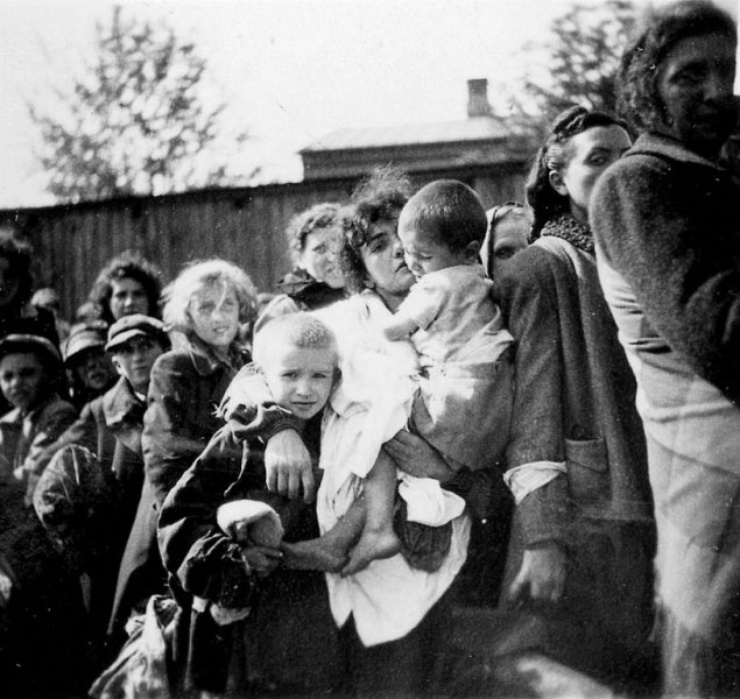 Women and children of Szydłowiec during deportation to the concentration camps, 1942. Credit: Yad Vashem
Women and children of Szydłowiec during deportation to the concentration camps, 1942. Credit: Yad Vashem -
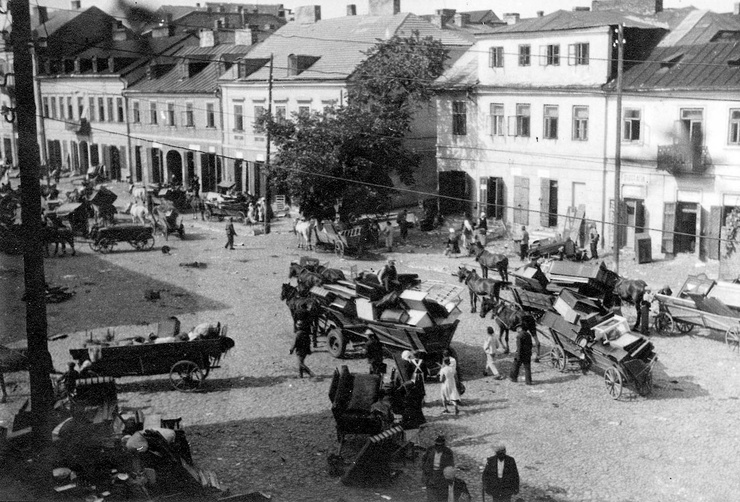 Volksdeutsche ("ethnic Germans") plundering the property of deported Jews, 1942. Credit: Yad Vashem
Volksdeutsche ("ethnic Germans") plundering the property of deported Jews, 1942. Credit: Yad Vashem -
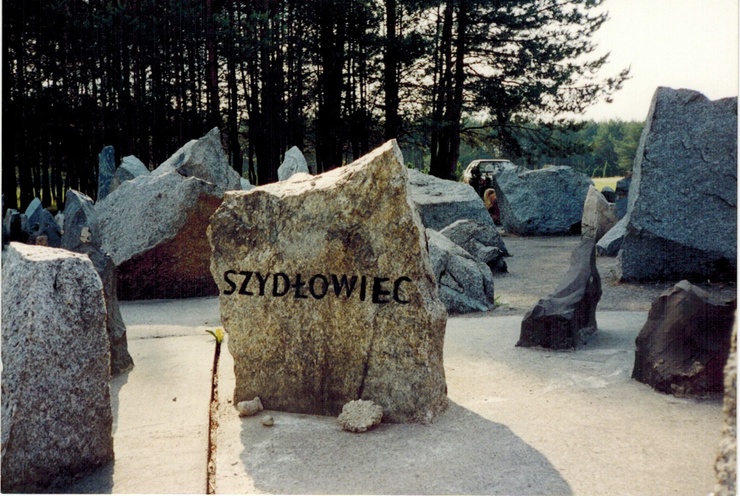 This memorial stone for the Jews of Szydłowiec forms part of the symbolic cemetery at the former death camp of Treblinka. Photo courtesy of Edith Mincberg
This memorial stone for the Jews of Szydłowiec forms part of the symbolic cemetery at the former death camp of Treblinka. Photo courtesy of Edith Mincberg
Destroyed Communities Memorial Slope
Szydlowiec: Survivors
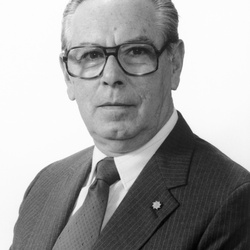
As soon as the Germans came in there was a proclamation that every Jew had to wear their armband. . . . There were so many proclamations day in and day out that was unreal. You cannot travel. You cannot go out of town. You cannot hold possessions. . . .They confiscated everything under the sun.
